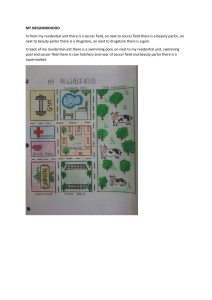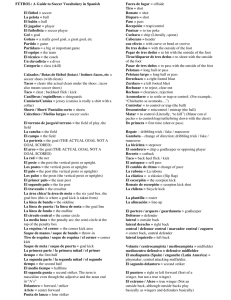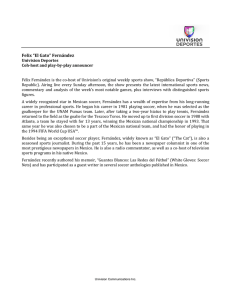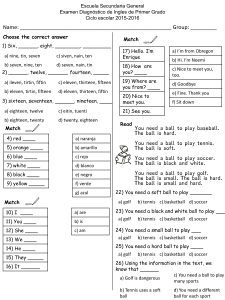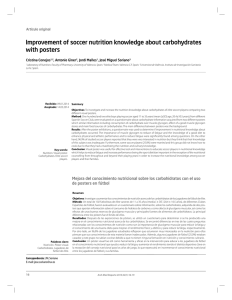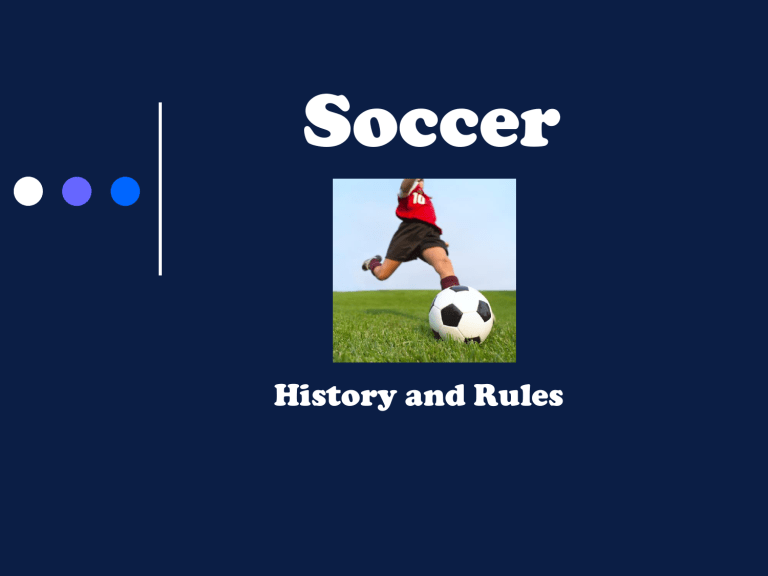
Soccer History and Rules Soccer’s Beginnings The origin of soccer can be found in every corner of geography and history. The Chinese, Japanese, Italian, Ancient Greek, Persian, Viking, and many more played a ball game long before our era. The Chinese played "football" games date as far back as 3000 years ago. The Ancient Greeks and the Roman used football games to sharpen warriors for battle. In South and Central America a game called "Tlatchi" once flourished. Ancient Civilizations and Soccer Mesoamerican civilizations also devised a game played with rubber balls, which resembled a combination between soccer, basketball and volleyball. The game involved two teams, playing in a sort of basin dug below ground level, with baskets strapped in several locations on the side walls. The teams would then have to kick the ball towards these baskets, and score a goal. Soccer in Europe As we go forward on the history of soccer timeline, we notice that the game has gradually entered European territory, Europe being the place where modern day soccer will start in several centuries. Middle age soccer is covered in a combination of myth and historical facts. One popular form of the game (Mob soccer) involved entire villages or towns and was rather chaotic. Soccer in Europe (cont.) The teams could have unlimited players, as long as they were from the same village or town. Both teams had to kick the ball towards specific landmarks, and defend their own. To add more chaos, the ball was made out of inflated pigs' bladders, or leather skins stuffed with all sorts of materials. Picture two masses of people running towards a poor pig bladder ball, kicking, stomping, punching and pushing each other in the attempt to kick the object to some area. Soccer in Europe (cont.) In medieval France, a game called "La Choule" was usually played in town gatherings, such as just after Sunday church, or on special occasions or holidays. The game itself looked like a combination of soccer, handball, hockey, baseball and kickboxing, since the players of each team had to strike the ball into the opponent's goal, using whatever means necessary and whatever accessories necessary. For example, one record shows that players were allowed to use sticks or clubs to hit the ball around, although it wasn't always the ball that got hit. History Continued The game was violent in nature and I assume there were plenty occasions where the after-church Choule match ended up with another trip to the church to confess some violent sins. In England, the game was surrounded by an aura of violence and was considered a dangerous and sinful game. As such, it was banned in 1314 by Nicholas de Farndone, the Mayor of London. Soccer Grows Popular Despite this ban, soccer became to grow in medieval England and it was not long that it was introduced in English public schools in order to keep young boys fit. Since soccer was growing strong in English public schools, the idea of having an organized tournament sparked in the 19th century. In 1862, a solicitor by the name of Cobb Morley, formed a semi-professional soccer club in Barnes, called the Barnes Club. Cobb Morley is rightfully considered the father of soccer, but that's not just because he was the one to spark the idea of the Soccer Association. He also drew up the Laws of the Game, probably the most important document in the history of soccer, since it held all the official rules around which the game would be played. Soccer Becomes Official Cobb Morley's rules were accepted by the Soccer Association on the 8th of December, 1863 and have since stood as the game's constitution, although they were slightly modified throughout time to meet the needs of modern soccer. It only took around 3 decades after the first official rules of soccer were laid down by Cobb Morley and the English Football Association and the game was already wide spread throughout Europe, Australia and the Americas. The Rules of Soccer There are 11 players for each team. All players wear shin guards to in order to protect their shins. The goalkeeper is the only player who can get the ball with his hands. Soccer Rules A goal is scored when the whole of the ball passes over the goal line, between the goalposts and under the crossbar, provided that no faults has been committed previously by the team scoring the goal. The team scoring the greater number of goals during the match is the winner. If both team are tied at the end of regulation, the match will be recorded as a tie during regular the regular season. The Soccer Field Penalty kick Penalty Kick is when a player commits any foul within his own Penalty box. Corner kick Corner kick is when the ball goes out of bounds over the end line and was last touched by the defending team. Cards Yellow card: indicates caution. A player who receives 2 Yellow Cards is given a Red Card. Red card: the player must leave the field and he can’t play the next game. Slide Tackle When a defender slides on the ground and kick the ball away from the player. The Players A. goalkeeper B. left fullback C. right fullback D. center back E. left back F. right back G. left midfield H. right midfield I. left forward J. center forward K. right forward
